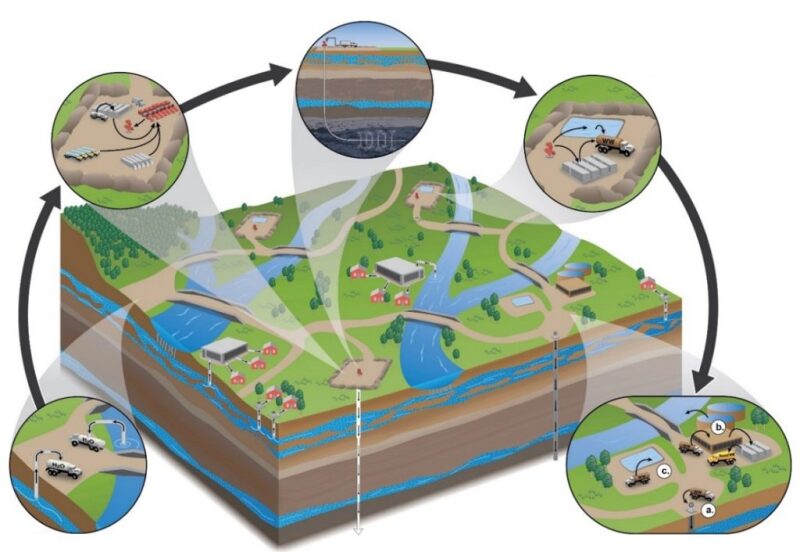In December 2016, the US Environmental Protection Agency (EPA) published the findings of its multiyear study entitled “Hydraulic Fracturing for Oil and Gas: Impacts From the Hydraulic Fracturing Water Cycle on Drinking Water Resources in the United States.” The EPA’s final report (with contributing studies) is more than a thousand pages and sparked controversy during the assessment and after the release of the draft 2015 report and the final document. This paper provides a summary of the EPA study effort and processes and highlights key finding and limitations of the work.
In 2010 Congress authorized the EPA to study the potential effects of hydraulic fracturing on water quality. The EPA’s Office of Research and Development (ORD) drafted a study approach that included defining research questions and identifying data gaps, conducting a process for stakeholder input and research prioritization, developing a detailed study design that would lead to external peer review, and implementation of the planned research. This study approach was reviewed by a committee formulated under the EPA’s Scientific Advisory Board (SAB), and one author of this paper served on the first SAB review panel. A separate SAB committee was empaneled later to review the results of the research and draft conclusions. All three authors of this paper were appointed to the second SAB panel.
Initially, industry considered the congressional request to be a focused assessment related to the actual process of hydraulic fracturing on drinking water. It later became clear that the interpretation by the EPA of the congressional request was a broader evaluation on the life cycle of water during the drilling and completion activities for oil and gas development. The final focused study approach was based on a hydraulic fracturing water cycle beginning with water acquisition, chemical mixing, and injection of the treatment. After hydraulic fracturing, the fracture water cycle includes produced-water handling, wastewater disposal and reuse, and identification and hazard evaluation of chemicals across the hydraulic fracturing water cycle. Each of the stages in the hydraulic fracturing process are treated separately in the study, which includes fundamental explanations, scientific research, academic literature review, and stakeholder input.
This paper provides a succinct summary of the EPA study. The summary is important for industry, government, and academia as the final assessment report is currently being cited as a basis for policy and regulatory development worldwide.
Find paper SPE 189873 on the HSE Technical Discipline Page free for a limited time.

